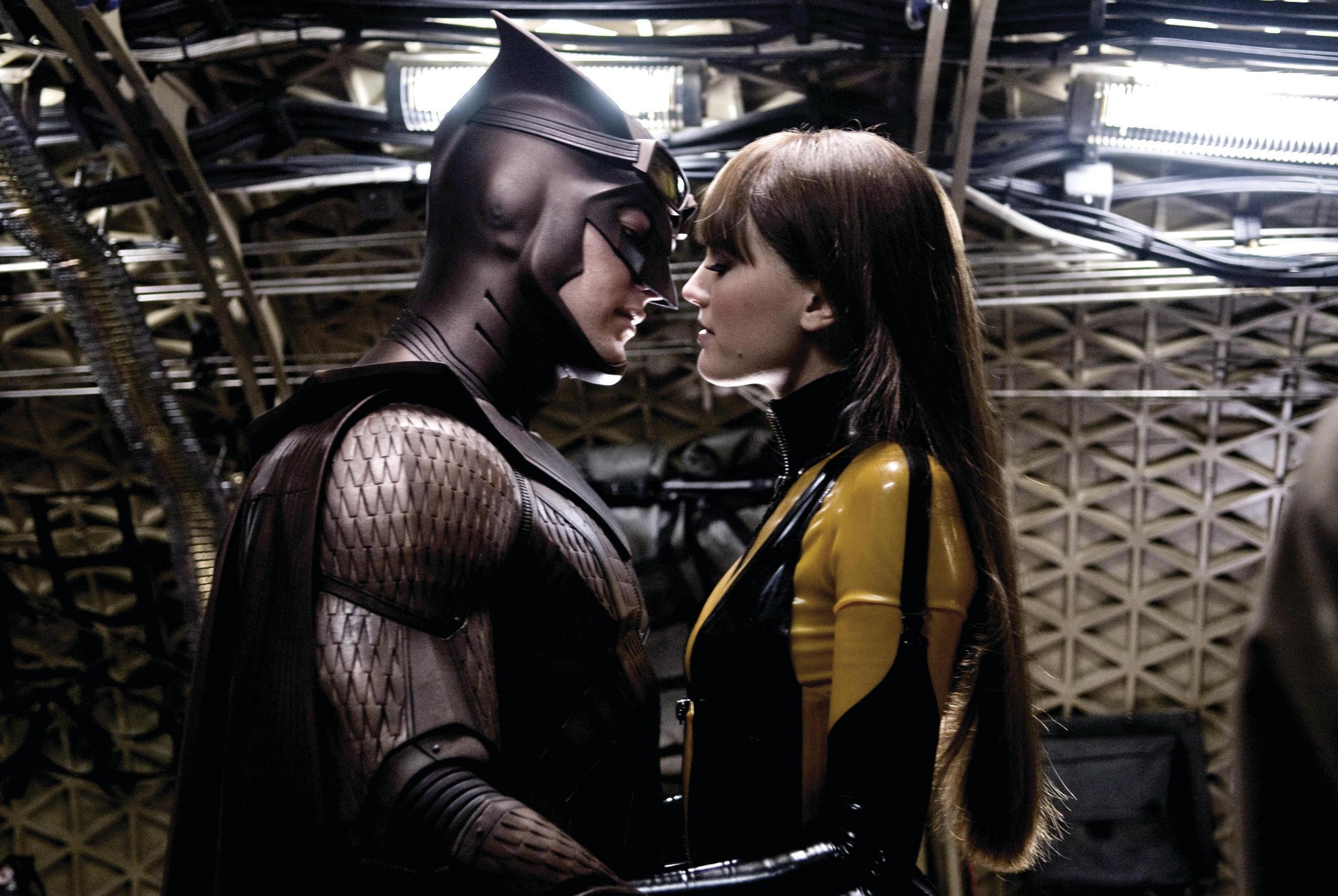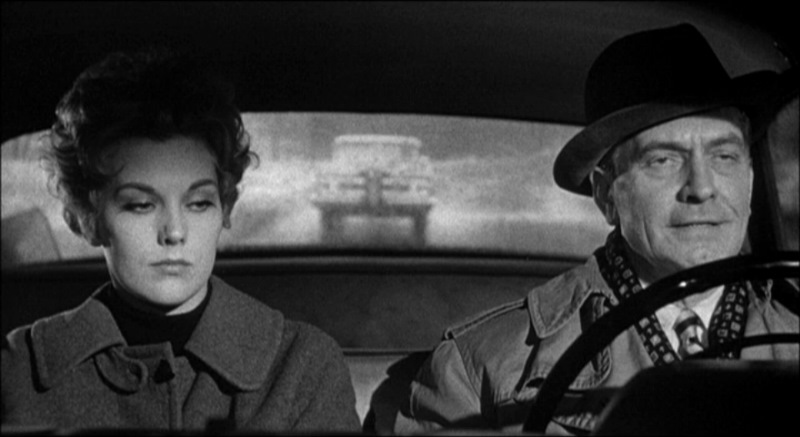Sheesh! School has really got me busy this last week! I am taking 3 classes, all to do with cinema.
1) Intro to Film Analysis - don't let the title fool you. I thought it sounded like a breeze but within this last week I've learned a lot! And it's no wonder the class is worth 4 credits! Two movie screenings a week is a lot for me. By Thursday I kind of feel movied out due to the effort of seriously analyzing movies you've only seen once or not at all.
2) Contemporary Cinema - I think this class (at least according to the syllabus) sounds interesting. It deals with movies after the decline of the studio system and classical Hollywood. However, I kind of wish I were with the other TA that teaches the class (I had him last semester) because the one I have now just seems like he hates his life in class. On the plus side, he's hot.
3) Modes of Film and Video Production - aahhhhh, my bread and butter for the semester. The introduction production class that will be my gateway to other production classes her at the University. I am so incredibly stoked for this class, it's not even funny. The second day of class we were asked to write a 1-2 page personal statement on why we are taking the class. After a lengthy 1.75 pages of my background in film (which isn't much), I said "I'm not taking this class to pass time or actually earn a physical degree since I already have one, but I'm taking this class because I hope one day making movies will be my livlihood."
I think I'm going to color code the titles of the films just so I don't have to constantly specify which movie goes with which class. This will be Intro to Film Analysis and this will be Contemporary Cinema. So the movies we watched last week:
Citizen Kane
Considering that I hadn't seen the movie since I was like 12 years old, watching it again now made me respect the movie a little bit more. I remember watching AFI present its top 100 Films in 1998 and it named Citizen Kane as the best movie of all time. So, I went to the movie store and rented it. Looking back, I don't know what I was expecting. But what I did feel at the time was disappointment that an angry black and white film would be the best movie. Even watching it again with a critical eye, I'm not sure it's the best American movie ever. The things that the movie generally gets noted for is the technical procedures Orsen Welles uses throughout the film, which theorist David Bordwell (a University of Iowa Alum!) argues was already being used in Hollywood at the time (i.e.: showing the ceiling in shots, ... that's all I can think of off the top of my head).

This is one of my favorite shots and really shows the use of deep focus.
I may or may not be a little in love with Jean Gabin. I had seen clips from the movie before and happened to look up the Wikipedia page before coming to class. And good thing. I knew that the movie was being shown in a different screening room. I was a little late, but made it right before the TA pushed play and took a seat a little toward the back. Big mistake. I soon realized that the room was not in stadium seating and unless you had a pretty nice people window, you could not read the subtitles 4th row and back. So (instead of moving, because that would make way too much sense), I drew dinosaurs talking about how the room was not a good room to watch a foreign movie and read subtitles.
So I'm sure my reputation as a responsible film student is tarnished to you! BUT WAIT!! If you call now you get to know that I actually checked out the movie from the public library and (plan on) watching it tomorrow... during another screening, but I've already seen Children of Men a few times. So, bah!
Since I didn't see much of the film at the time, I happened to catch a nice one shot after the French men had started singing the national anthem during their play performance. It was very nicely done :)
The Wild Bunch
Holy wow, kids tourturing bugs! Aside from the amount of violence (which was considered a lot back then but probably pretty mild now) and sex in the movie, I am just not a big fan of Westerns. I don't know what it is. I think it may be the slow natured pace of the movie, but even with this one with constant action I felt like 'snore...' Although, I have to admit that I was pretty antsy through the 2.5 hour movie on Thursday because it was by birthday. Anyway, I guess overall, I'm happy I saw it. It really showed a clear definition between Classical Hollywood and I guess what would be known as Contemporary Hollywood (or the aesthetics of what we know of Hollywood today).
Reading this Sam Peckinpah article tonight also helped me realize just how crazy mean (yet depressingly true) kids can be! At the beginning of the movie, a group of young children are torturing some scorpions with red ants and eventually set them all on fire. After the opening scene gunfight, some little boys are make believe shooting at another little boy and pushing him to the ground. While one of the Bunch's members is being dragged behind a car, some children are riding him through the streets and poking him with sticks. But I understand what Peckinpah was trying to convey... anger, violence and sadism are just kind of a characteristic we are all born with. Heck... that's probably why we like watching people get rocked on the football field or watch NASCAR to see a crash (even though I don't watch NASCAR... ever).
For some reason the blood didn't look that real in the movie :p
So that's all for my weekly screenings. I will try to post by the end of the week about the movies watched in class.
PS - I also happened to squeez in Big Trouble in Little China. I'm pretty sure I hadn't seen that movie in 18-20 years. It's just fun to see all the campy effects and a young Kurt Russell and Kim Cattrall. :D
Oh and Watchmen... which to me.. 7am is too early to watch a movie like Watchmen without knowing what you're getting into :) I may also be in love with Patrick Wilson... because it took me a little bit to figure out that he was Raoul in Joel Schumacher's The Phantom of the Opera. That and Malin Akerman is hot... which made Wilson and Akerman's love scenes especially steamy!









